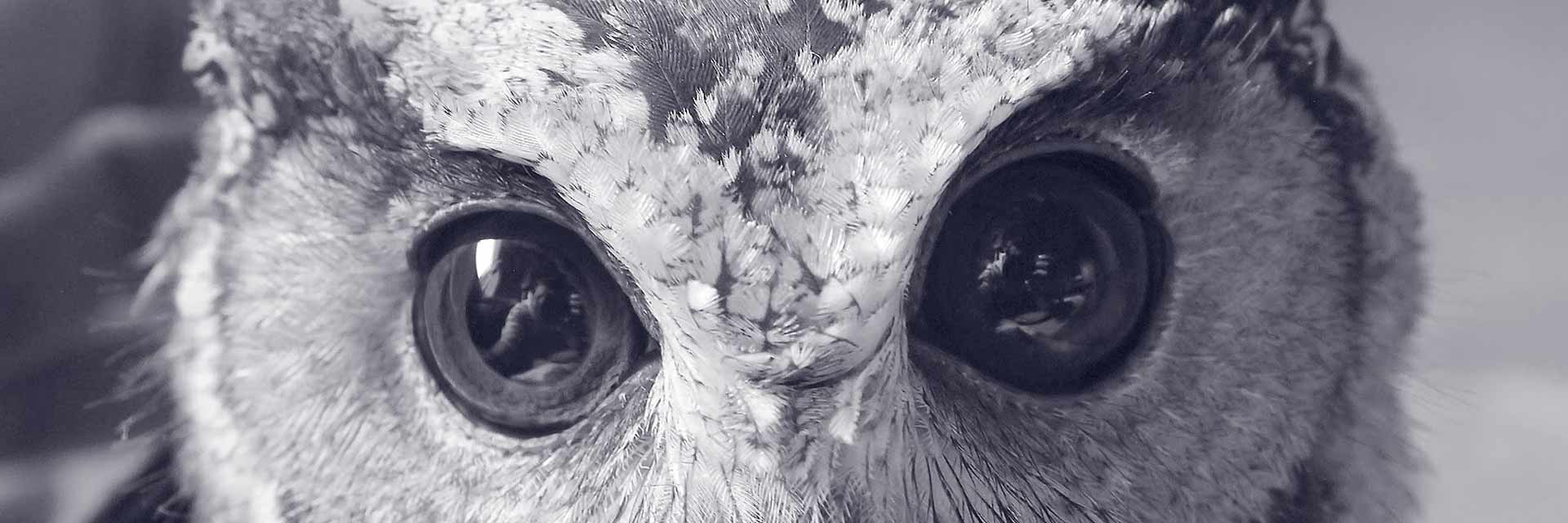
Wetlands: the lifeline of our cities
When was the last time you sat by a river, or a lake, and looked at its waters and marvelled at its beauty? When was the last time you rushed past a stinking river, or a stagnating lake, and closed your nose without even glancing at its dying waters? In our answers to these two questions lies the fate of our wetlands.
Today, let us take a walk through our city to all the rivers and the lakes that are still very much a part of our urban environment, and then let us sit beside them and discuss their future that is deeplyintertwined with ours. But before we venture further into the waters, let us understand what exactly wetlands are.
According to the Ramsar international wetland conservation treaty (www.ramsar.org), “wetlands are areas of marsh, fen, peatland or water, whether natural or artificial, permanent or temporary, with water that is static or flowing, fresh, brackish or salt, including areas of marine water the depth of which at low tide does not exceed six metres.” Basically, wetlands are anything from a tiny pool created during monsoon where frogs lay their eggs, to the vast rivers and man-made reservoirs supporting an entire ecosystem.
A few centuries ago, we built temples and castles, and wrote poems under treeson the banks of rivers and lakes. These waters were visited by many animals beside us. Besides us, many depended on them for food, for breeding, for life. And so the relationship between us, the water, and our neighbours was atthe epitome of harmony – until that day when we learnt to own wetlands for our purpose, and our purpose only.
As our population grew, so did the demand for food and commodities, and we started relying more and more on water and forests as indispensable andinfinite resources, using them beyond their capacity. Soon, towns built by the riversides grew tremendously large in size, and to meet with the increasing demand, we banned the rivers from flowing and encroached upon them, reclaimed many lakes, and converted streams into nullahs to eliminate our wastes.If you ask your parents and grandparents, they will tell you about some of your city’s most beautiful lakes being used as a source of domestic water and for agricultural purposes, where many birds dived to catch fish, and nested along its shores. Today, while these water-bodies still exist, we have completely caged them in four walls made up of cement, and now we rely on water from hundreds of miles outside our cities. I call these urban wetlands the “arrested wetlands”, which now share no healthy interaction with our urban world.
There is a reason why we should sit by these stinking waters and think.Wetlands are the lifeline of our cities. They are the very reason why our cities are sprawling today, because they helped us by providing nutrient-rich soils for our crops, and water for all our myriad needs. Even cities that are far from any natural source of water are still completely dependent on reservoirs – which were ultimately formed by damming rivers. Wetlands act as arteries and veins of cities, bringing in freshwater for our daily use, and taking out wastewater and industrial pollutants away from our cities. But this is not the natural purpose of wetlands.In a natural world, wetlands mean life, and only a healthy wetland can mean a healthy future.
Many years ago, concerns about the deteriorating health of wetlands was taken up as a grave issue by several countries. These countries met, discussed, and made plans to protect existing wetlands and restore degrading ones, and on February 2, 1971, a treaty called the Ramsar Convention was signed in the city of Ramsar in Iran.To commemorate this day, February 2nd of every year is celebrated as World Wetlands Day.
Under this convention, a set of criteria have been established in order to protect a wetland from further harm. Wetlands that fit the criteria are termed Ramsar Sites. India became a member of this convention in 1982, and has dedicated itself for the protection of wetlandsacross its length and breadth. Today, India has 26 wetlands declared as Ramsar Sites, and many more are under process of being declared as one.
The Ramsar Convention does not identify wetlands which are smaller in area or harbour less diversity of life, and therefore most wetlands in our cities cannot share this status.However, several rules and regulations are in place in our country to protect these – such as the Water (Prevention and Control of Pollution) Act, 1974, and the National Wetland Conservation Programme.
It is true that many protection measures have already been implemented, yet we are lagging behind somewhere. Why do you think we cringe at the stinking waters every time we pass along them? As we enter the new year with hundreds of resolutions, let us give a little thought to our wetlands as well.
This year’s Ramsar theme is“wetlands for our future”. However we will not be able to protect our wetlands if we keep them arrested and separate from us. If we treat them as a part of our homes, we can look after them much better.
Cleanliness drives, tree plantations along banks, photographic displays that talk about the history of wetlands, their ecological and economical importance, and organizing nature walks along their shores for school students and urban residents, are little steps one can take to increase awareness.
In my city I see three arrested wetlands every day – their existence only shared by a handful of fishermen, a few resilient plants and animals, and people who even today seek the solace of wetlands for the peace and calm that the waters provide – a subtle notion adapted by many poets and philosophers of the bygone era.
But the wetlands today are in the back of our minds, we do not think beyond what lies in front of us. Wetlands are not merely water bodies. We cannot ignore them anymore, for they have been overlooked by our generation long enough. I hope we will not keep wetlands for ourselves but instead share them with our neighbouring plants and animals. That is the only way to protect their future. Erasmus, the famous humanist and theologian, had once said “there is no joy in possession without sharing.”
I wish you all a very happy World Wetlands Day!
Aniruddha Dhamorikar
Programme Officer, The Corbett Foundation – Kanha
(First appeared in The Hitavada’s Twinkle Star Magazine in December 2014)





No Comments